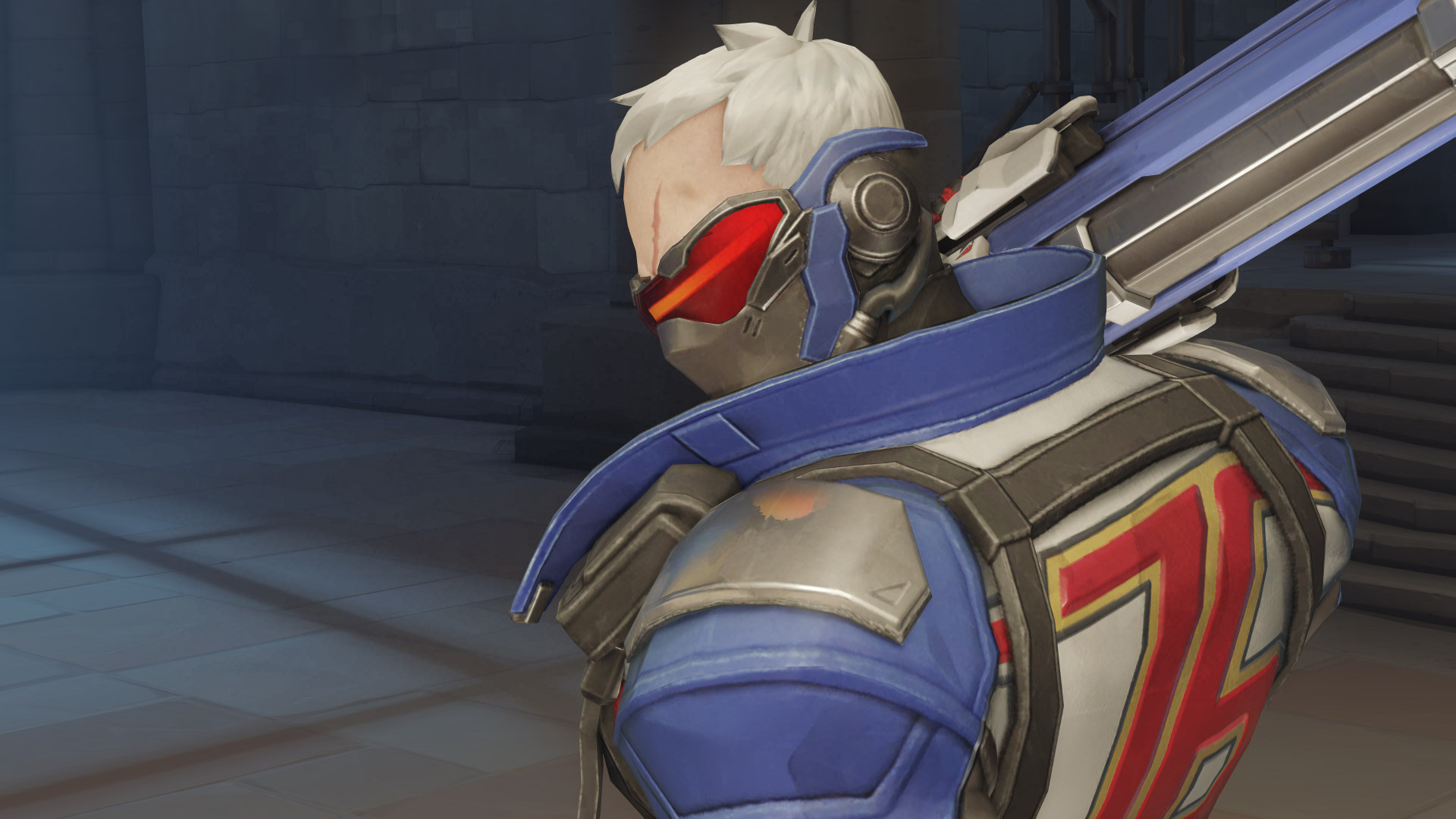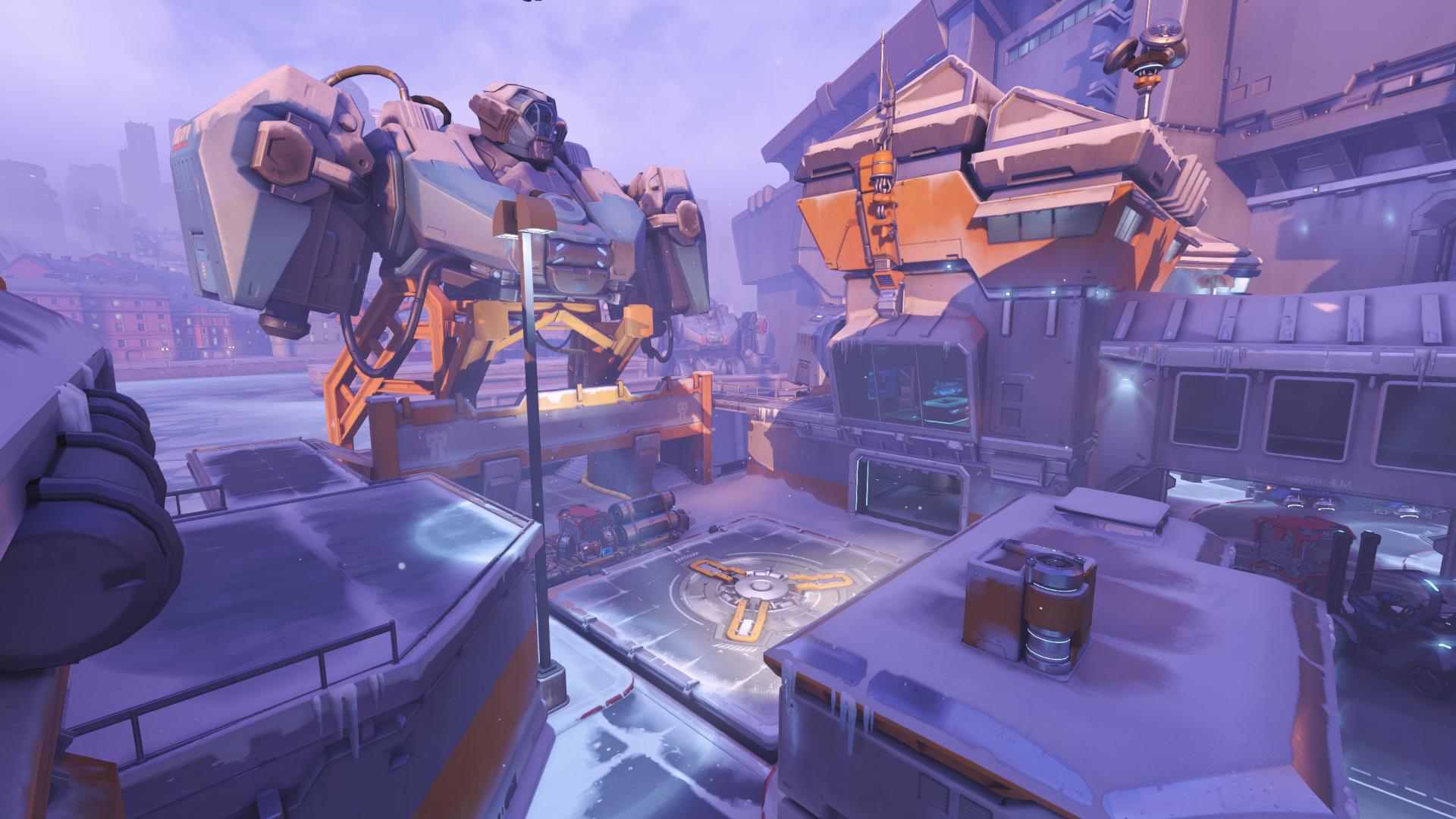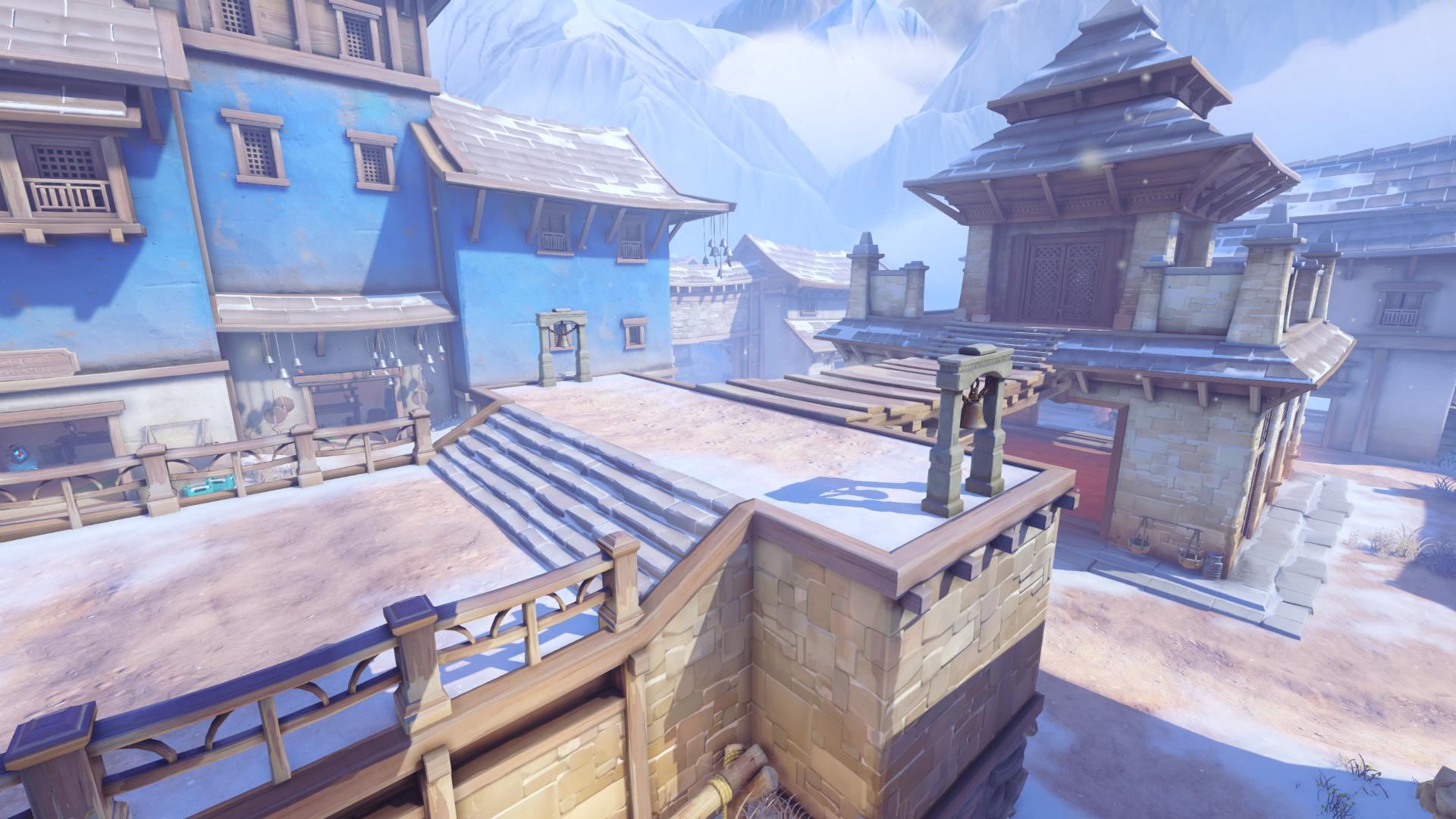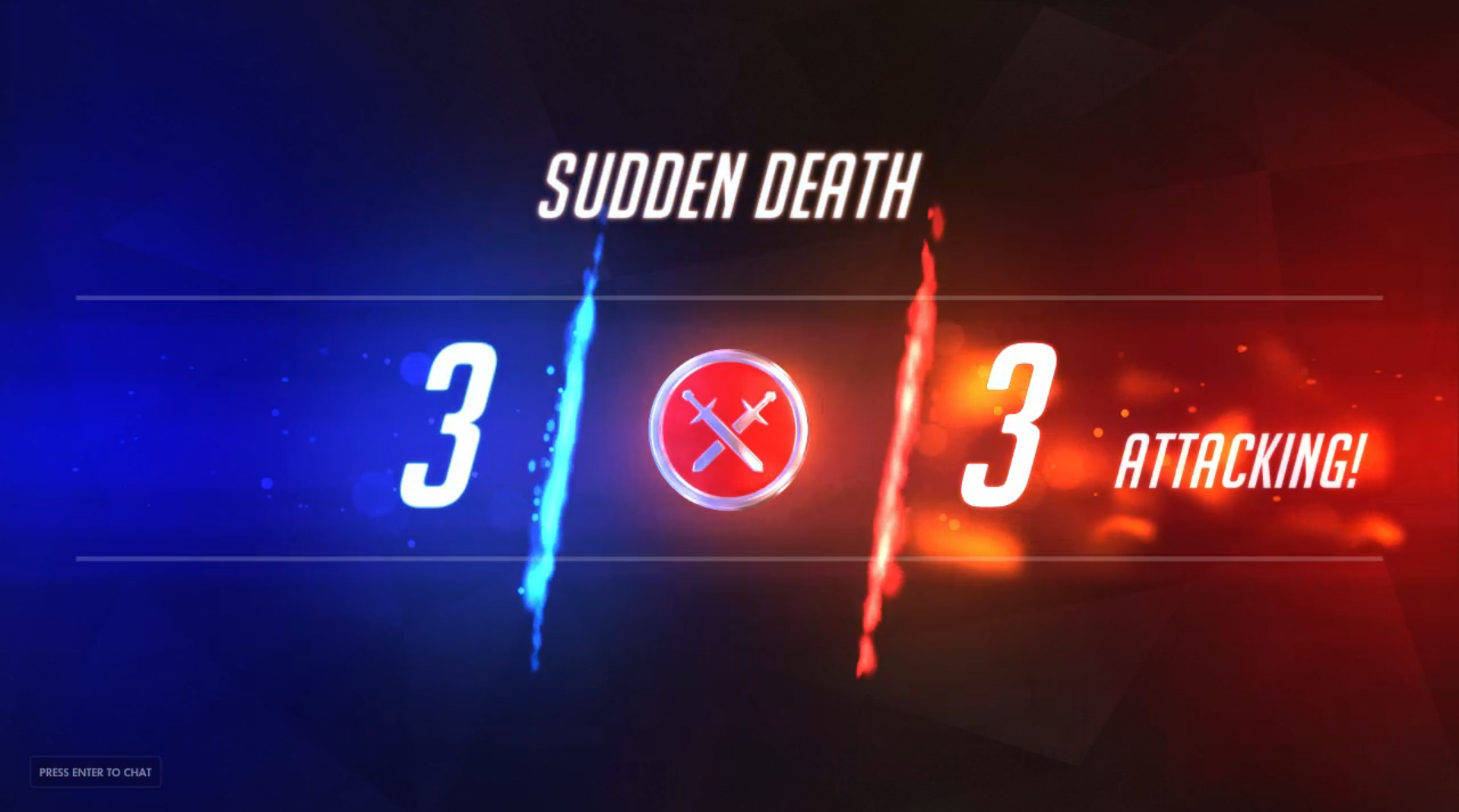
After a week on the public test realm, Blizzard announced that Overwatch’s Competitive Mode is now live. It’s a significantly different system than what we saw back in beta, and for many it could be the only way they choose to play the game from now on.
Here’s everything you need to know about Overwatch’s new Competitive Mode—from what it plays like, to how you rank up, to all the goodies you get for playing it.
What’s the format?

There are a lot of different directions Blizzard could have taken Competitive Mode, but for the most part, games will feel like Overwatch as you know it. You’ll need to reach at least level 25 to join ranked.
All 12 maps are present in ranked play at the moment, and each style of map essentially has its own unique competitive format.
Escort and Hybrid maps — Dorado, Watchpoint: Gibraltar, Route 66, King’s Row, Numbani, Hollywood

On any map with a payload, you’ll play two games against the same enemy team and with your same teammates—one attacking and one defending, with whoever does better across both games winning the whole match.
But unlike Overwatch’s young esports scene, which judges a team’s performance by the time it takes them to complete an objective, the official Competitive Mode for these maps only focuses on the number of objectives completed. So every point you capture or push the payload across while on the attacking side scores your team a point. Once you’ve had a chance to attack, you switch sides and see how many points your opponents can score. Whichever side has more points or has pushed the payload farther at the end of both games wins. If both teams are able to push the payload all the way, it leads to a Sudden Death tiebreaker—more on those below.
Keep up to date with the most important stories and the best deals, as picked by the PC Gamer team.
Assault maps — Hanamura, Temple of Anubis, Volskaya Industries

The maps without a payload work similarly, with each side taking turns attacking than defending, but introduces a “time bank” system. Each attacking team has 10 minutes on the clock to win the map. If they can capture both points and their opponents can’t, that’s the game right there. But if both teams can capture the same amount of objectives, you switch sides and play again—except now the attacking team only has however much time as they had leftover at the end of their last attacking round.
So if you captured both points on Hanamura in four minutes, then your opponent captured both points in seven minutes, you would play again, except this time you have six minutes to attack and they only have three minutes on their turn. It’s a great system that results in fewer Sudden Death rounds, even if it may result in longer matches. Sudden Death occurs if both team run out their time banks and end with the same objective score.
Control maps — Nepal, Ilios, Lijiang Tower

The Control maps are the only maps immune to ending in a tie. These maps play out pretty much identically to how they do in Quick Play, with one exception: the competitive matches are now a best of five instead of a best of three. The points you fight over are chosen randomly from the available pool of three, meaning you’re now able to revisit the same point in a single match. First to win three rounds wins it all.
Sudden Death

Ties are where things get a little rough. Currently a tie will drop both teams into a Sudden Death game where the attackers only have around two minutes to capture a single point. If they can take it, they win. If they can’t, the defense wins. But sides are chosen with a coin flip, and many feel the system isn’t fair. Game director Jeff Kaplan wrote a lengthy forum post saying that while the current Sudden Death system would remain for this first season, they would be looking to address the issues in the next season.
How does ranking work?

Part of the purpose of a Competitive Mode is to play at a higher, more serious level. But let’s be real, your real motivation is to watch a little number go up.
Before you actually get a rank, you need to complete 10 placement matches. The more of your placement matches you win, the higher your Skill Rank will start off. Your Skill Rank is a little counterintuitive compared to other games, as it goes from 1 to 100 where 1 represent the worst players and 100 are the best, with a majority of players settling around the center at 50.
After every match, you either gain or lose progress towards the next Skill Rank tier. I don't believe your in-match stats, like eliminations or healing, have an affect on your progress, so you just have win to move forward or lose and fall back. The amount it changes each game is determined by how much the average Skill Rank of your team differs from the average Skill Rank of your opponents, meaning beating teams better than you will award more points.
Seasons will last three months (though season one will be shorter than normal) with some brief breaks in between, and it’s not totally clear what will happen to your rank from one season to the next. It’s fair to assume there will be some sort of ranking reset and, judging by Blizzard’s other games, it will probably be a soft reset which simply moves those at higher ranks towards the middle. But we’ll see how exactly that plays out closer to the fall season, which should be starting in Fall.
What rewards do I get?
Now we’re on to the good stuff. What do you get for winning ranked games besides a smug sense of satisfaction and a slightly higher number by your name? Cosmetic items.
For completing your 10 placement games during a season, you get a player icon and spray specific to that season. Making it to the top 500 players in competitive play for your entire server will display a special icon under your hero portrait instead of just your ranked number, and if you can finish the season in the top 500 you get a season-specific animated spray.
But for those of us not expecting to break into that elite group of players, every competitive match you win will earn you one Ranked Point. Ranked points can then be spent special cosmetic items, which are currently just golden versions of each hero’s weapon. Right now, each golden weapon costs 300 Ranked points, which means you have to win 300 ranked matches just to get one, so they're not cheap. But the hero gallery has been updated with a brand new weapon tab to house them, opening the door to potentially have even more unique weapons available in the future.


